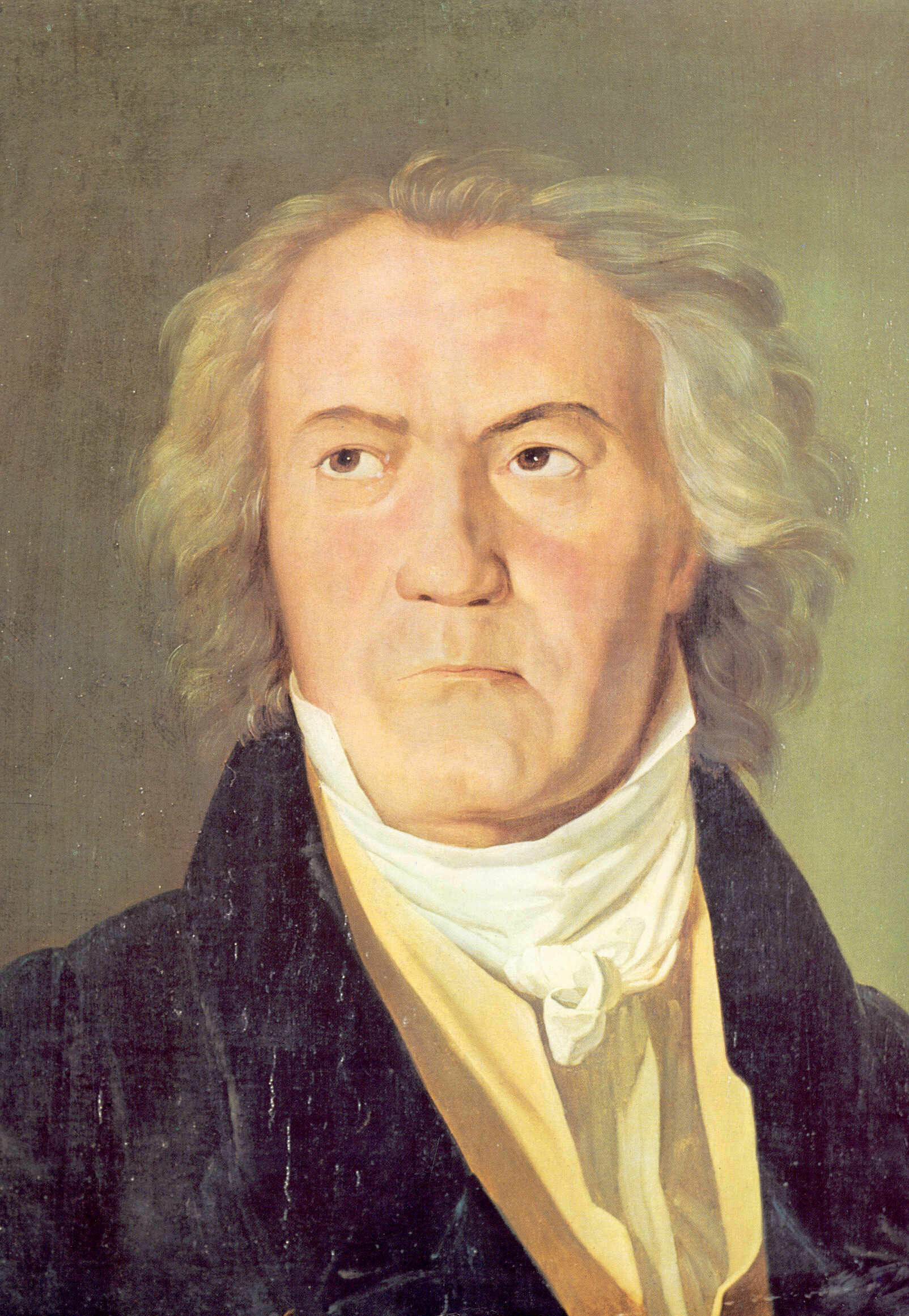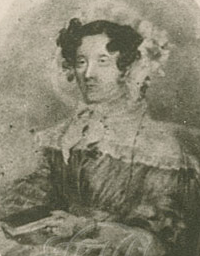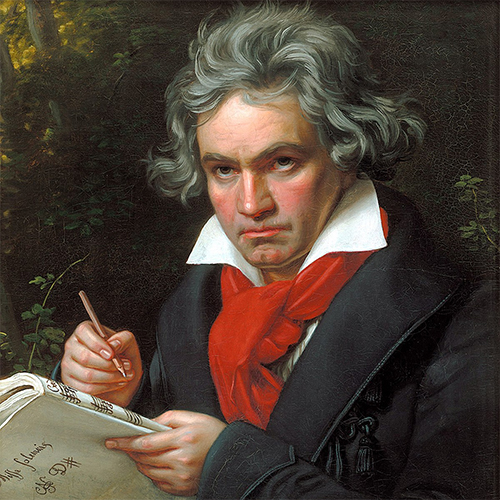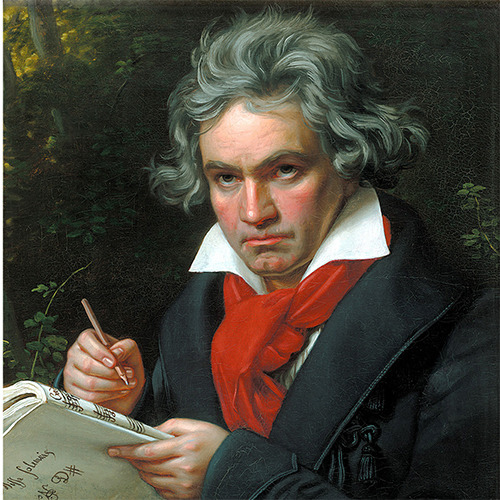3 Duets, WoO 27: No. 1 in C Major (arr. Kazunori Seo for flute and bassoon) I. Allegro commodo From BEETHOVEN, L. van: Flute Works, Vol. 1 (2018) Released by Naxos Beethoven: 3 Duets, WoO 27: No. 1 in C
Beethoven
The Premiere of Beethoven’s Last Symphony During the final stages of putting the finishing touches on his 9th symphony (which was also Beethoven’s last symphony), Beethoven was adamant that it should be premiered in Berlin. For years, Beethoven had lamented
When Leopold Koželuch arrived in Vienna to follow his musical calling, he immediately understood that being a capable musician and composer was not enough to really get ahead.
Whether we like it or not, Ludwig van Beethoven was one of the greatest disruptive forces in the history of music. He was a revolutionary man who lived and worked in revolutionary and tumultuous times, and his music exerted tremendous
In a previous episode on the “Mechanical Mozart” I have introduced you to the mechanical instrument, most commonly associated with a clock, that plays music at regular time intervals. Unlike a conventional chiming clock, this device plays music selected automatically
At the tender age of 16, Antonie Adamberger was already one of the biggest stars on the Viennese theatrical stage. Tall, slender, gorgeous, and certainly highly talented, she gave her debut on New Year’s Day 1807 at the Burgtheater, and
The unprecedented suffering inflicted by the relentless and ruthless personality cult of Chairman Mao Zedong during the Cultural Revolution had a devastating effect on society and on music. Within China’s cultural and intellectual fabric Beethoven had become synonymous with everything
The Chinese Buddhist monk Li Shutong—also known by a variety of other names—was a master painter, dramatist, calligrapher, poet, and musician. Born in Tianjin and educated in Shanghai, he went to Japan in 1905 and studied at the Tokyo School







